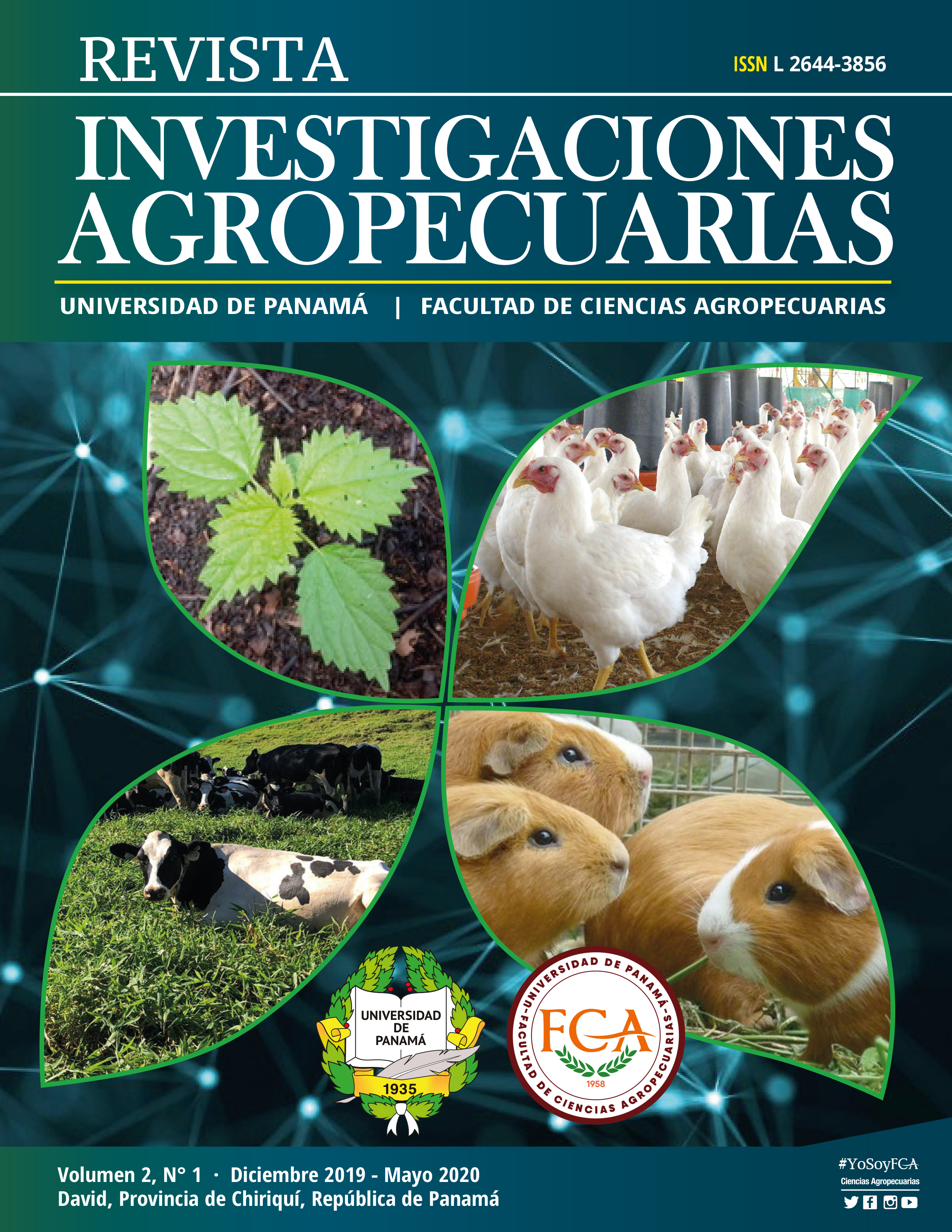

The present study was conducted to evaluate the impact different dietary nutrient densities on the performance and energy metabolism of broiler chickens. One hundred a day old male Cobb® chickens were used. A completely randomized block design was used and treatments were replicated four times with five chicks each. Starter and grower diets were formulated to meet NRC (1994) requirements, with levels of (2900, 3000, 3100, 3200, 3300 Kcal ME / kg) maintaining the calorie-aminoacid ratio. Live weight and weight gain were increased and feed intake and feed conversion were decreased by nutrient density in the starter and grower stage. Nutrient density levels to achieve the biological and economic maximum showed differences between them in starter and grower phase. Energy retained as fat showed an upward trend as nutrient density levels of the diet were increased. Energy retained as protein did not show a significant variation with the levels of nutrient density. On the other hand, total energy retained did not show a clear trend when nutrient density was increase in the starter and grower stages.